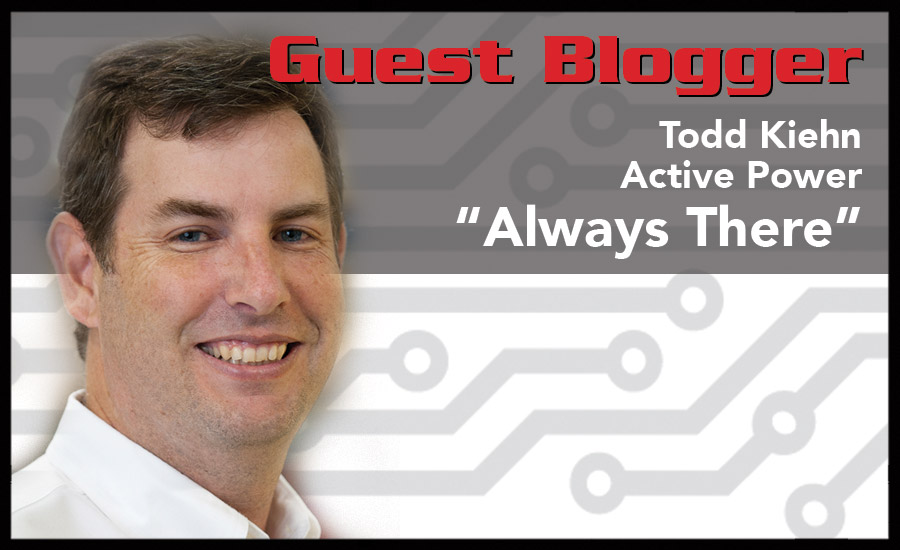All operators of mission critical facilities want to be smart with their money, but with every vendor claiming their product is the best long-term investment, making the right purchasing decision can be tricky.
Calculating the total cost of ownership (TCO) is one of the best ways to compare competing products, and is especially important when selecting power protection equipment such as an uninterruptible power supply (UPS) system. TCO is the total cost needed to purchase, operate, and maintain a product or facility, and I believe there are four essential elements in the equation.
First, there’s the initial purchase and installation cost (or capital expenses). While it is certainly an important factor to consider, keep in mind that in many instances, the lowest initial cost solution is not the best long-term decision.
For example, with legacy battery-based UPS products, roughly 40% of the initial price is for the batteries that must be replaced every four to six years depending on usage and maintenance. This is just one example of how operating costs can quickly exceed the initial investment.
The second factor is maintenance and service. When you purchase a car, over the life of the vehicle, there will be oil changes, routine maintenance and repairs that are necessary. It’s much the same with data center equipment, especially electrical infrastructure.
In addition to preventative maintenance, certain components of a conventional UPS, such as batteries, bearings and DC capacitors, must be replaced periodically. All of these expenses need to be built into the budget, making them essential when calculating TCO.
Cooling needs are also a key component in calculating TCO. With a traditional UPS, the batteries must be kept at a specific temperature (77°F) requiring additional cooling equipment and dedicated battery rooms, all of which affect the bottom line.
Finally, UPS efficiency must be considered, as it is one of the largest drivers of TCO over time. Even a one percent efficiency gain can translate into significant savings over the life of the product due to the amount of power running through the UPS. But it’s also important to remember that while a UPS may advertise a “high-efficiency” mode, that mode may not provide the same voltage regulation and protection as the normal or online mode.
By taking these four factors — initial cost, maintenance and component replacement, cooling needs, and energy efficiency — into consideration, you can be better prepared to purchase a product that your facility can rely upon for the next two decades. Whether crunching the numbers yourself or asking a vendor to walk you through their calculations, a TCO comparison will prove beneficial in the decision-making process.


Recent Comments
Enterprise Patch Management Policy
Hi Mr. Douglas, I really enjoyed this post....
IT management Support and Services
Modular construction discussion is very important for professional...
Good summary with a couple of questions: At...